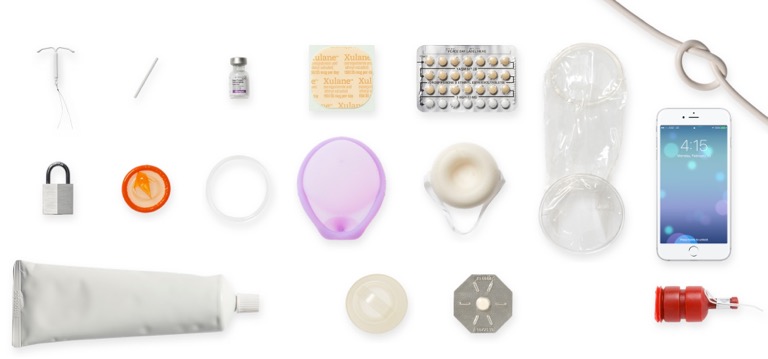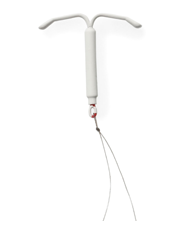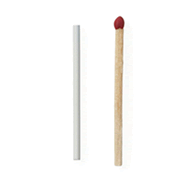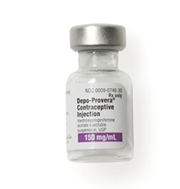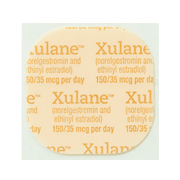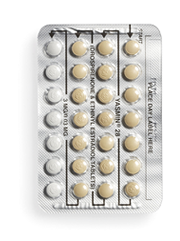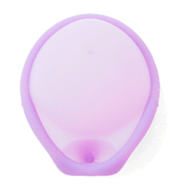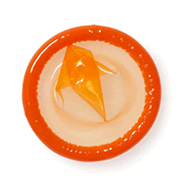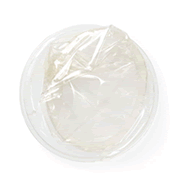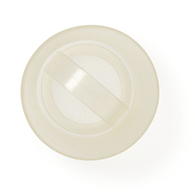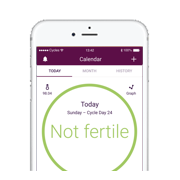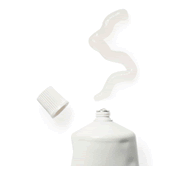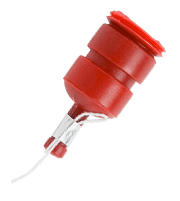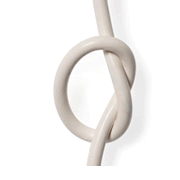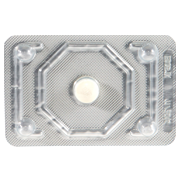Is It Normal to Spot on Birth Control?
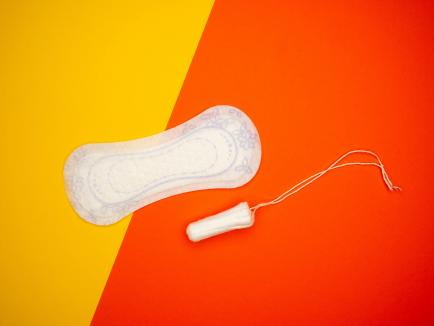
If you've been spotting for over three months, you've got options.
For people using birth control, spotting (aka breakthrough bleeding, aka bleeding in between periods) can happen for many reasons. Maybe the first time it happened to you, you wondered, is it normal to spot on birth control? And yes, it can be!
Whether you’re about to choose a new birth control method or want to learn what you can expect with your current one, here are some basic facts about breakthrough bleeding. For specific questions about your period, make an appointment to talk to a provider at your nearest The Right Time health center.
Let’s start by talking about the hormones in birth control and how they affect bleeding and spotting. Some birth control has just one type of hormone (progestin) and some have two types (progestin and estrogen). Progestin is the main player in preventing pregnancy. Estrogen mostly helps provide regular (period-like) bleeding. So spotting is more likely to happen when the method you’re using has very little or no estrogen in it. This causes the endometrium (the lining of the uterus) to shed a little bit at a time (hello, spotting!).
Spotting is common with estrogen-free, progestin-only methods like the shot (Depo), the implant (Nexplanon), the hormonal IUD (Mirena, Liletta, Kyleena, Skyla), and the mini-pill. Methods with estrogen, like pills, the ring, and the patch, can have some spotting, especially at the beginning
Spotting usually gets better over time. Some people decide it doesn’t bother them after a while and other people might think the benefits they get from their birth control outweigh the annoying side effects that might come with these methods.
If you’ve been spotting, you’ve been using your method for more than three months, and you’re over it, you have options:
- Try a different type of pill.
- If you’ve been taking your pill or using your ring continuously (no breaks), take three to four days off from your pills or remove your ring for 3-4 days to reset the lining of your uterus. You might get some period-like bleeding. Then start back up!
- Try taking a medication like ibuprofen, birth control pills, or low-dose estrogen pills for a few days, which may help. Your health care provider can help you decide on the best options and the time to take them.
Remember, spotting can be normal—but if you have any other symptoms (different vaginal discharge, pelvic pain, bleeding after sex), the spotting has been going on for longer than you think it should be, or if you don’t want to experience it anymore, make an appointment to talk to a provider at your nearest The Right Time health center.
Related Content

Article
What Should I Do After I Get Diagnosed with an STI?Getting an STI doesn’t change who you are.

Article
How Can I Take Care of My Breast Health?Keeping up with routine preventative health visits can help catch any changes early.
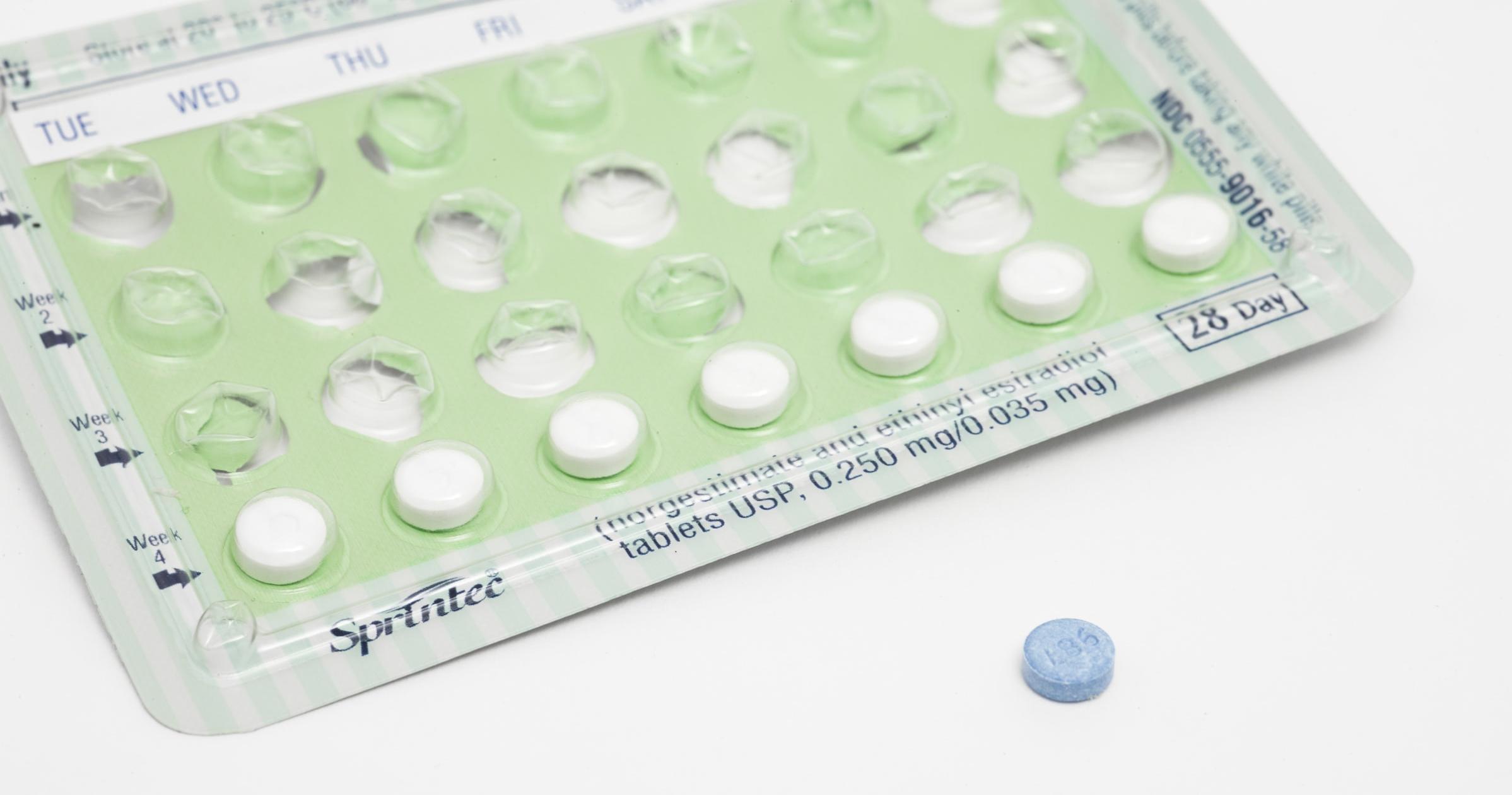
Article
What Do I Do if I Forget to Take My Birth Control Pill?Here’s what you need to know to stay protected.

Article
September Is National Sexual Health Month — Here’s Why It MattersTaking care of your sexual health can look different for everyone.


